Here is the 4th and final excerpt:

"Most of my children's books are done in mixed media."
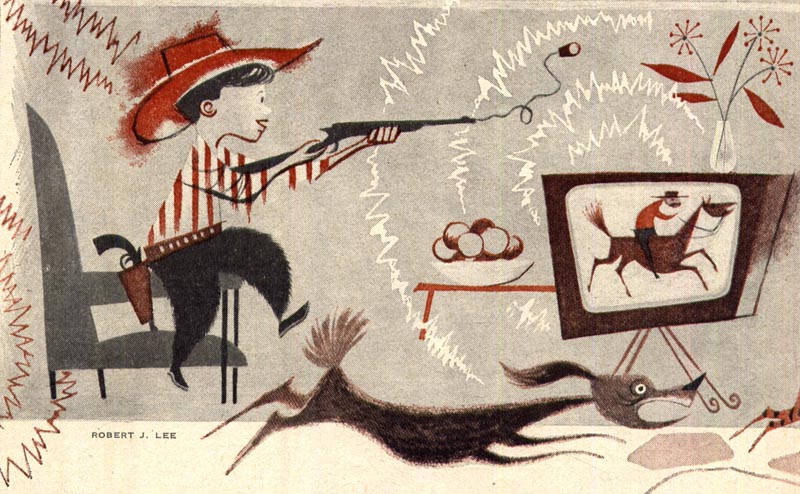
"Tales of the Arabian Nights, published by Whitman, is a good example of this. It was created in a mixture of charcoal, designer's colors, casein, watercolor, pecil, and pastel, bleeding through and over and around each other."
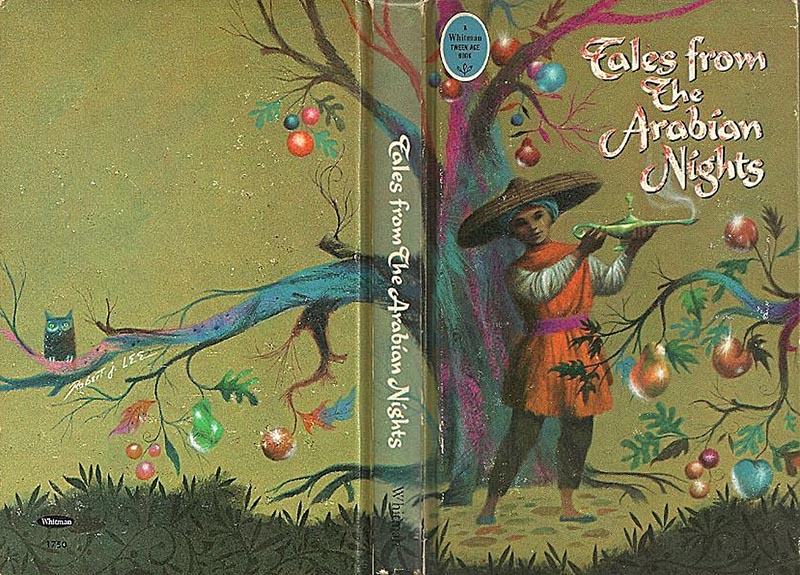
"In both oil and mixed media I paint with sable brushes, but from different paint pots, naturally."

"I am not fond of hard edged painting usually, but I hadn't given it much thought till, in talking to an editor, he pointed out to me how all of my edges were quite feathery in paintings done a few years ago."
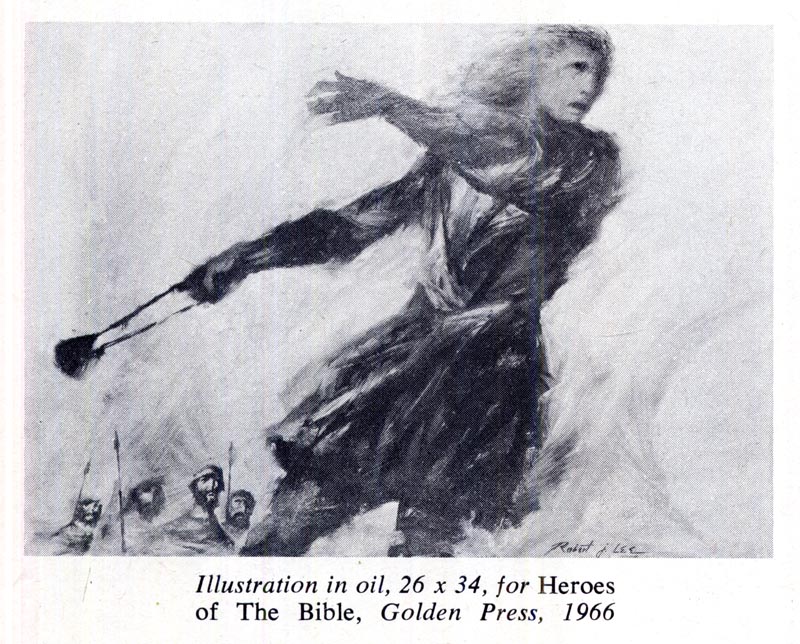
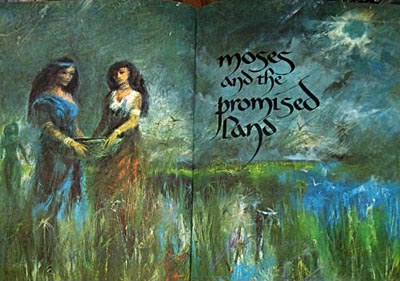
"David with a Sling" and the newer paintings, Holy Men and Puerto Rican Landscape, were not as "smokey" or "feathery."
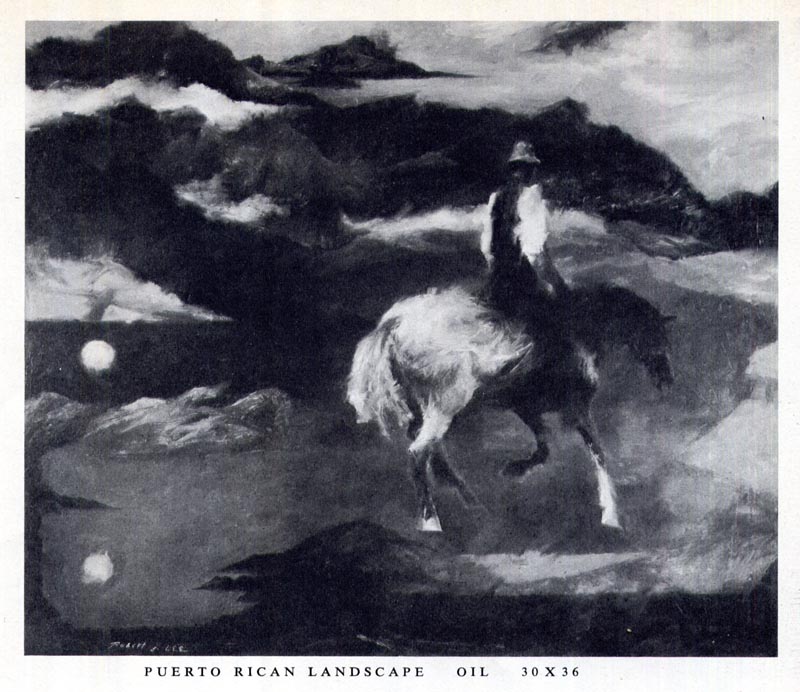
"I feel the newer paintings to be a bit more solid as they rely less on technique, style, or mannerisms which can often be short lived."
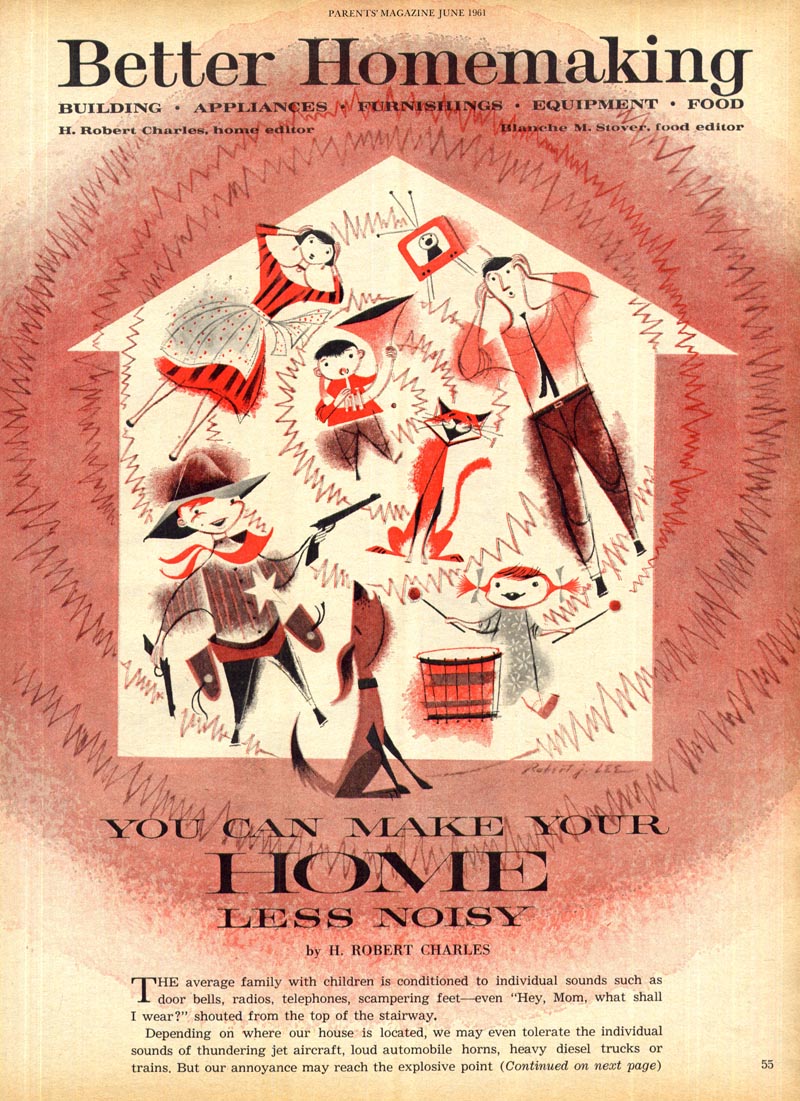
"Possibly one of the reasons for painting in a rather looser manner is that I have done so much really tight rendering over the years..."
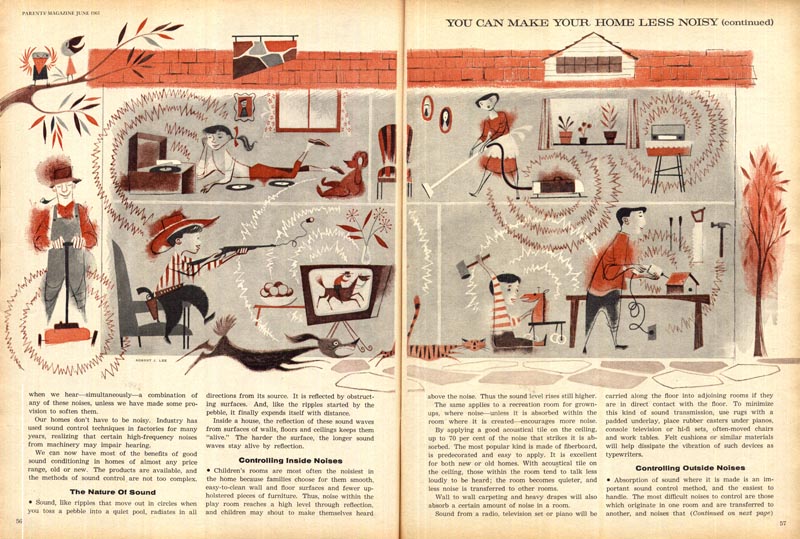
"... that when I get a chance to paint in any manner I wish, I like painting wet with slow drying linseed oil that can be pushed around, feathered and smeared with the hand."
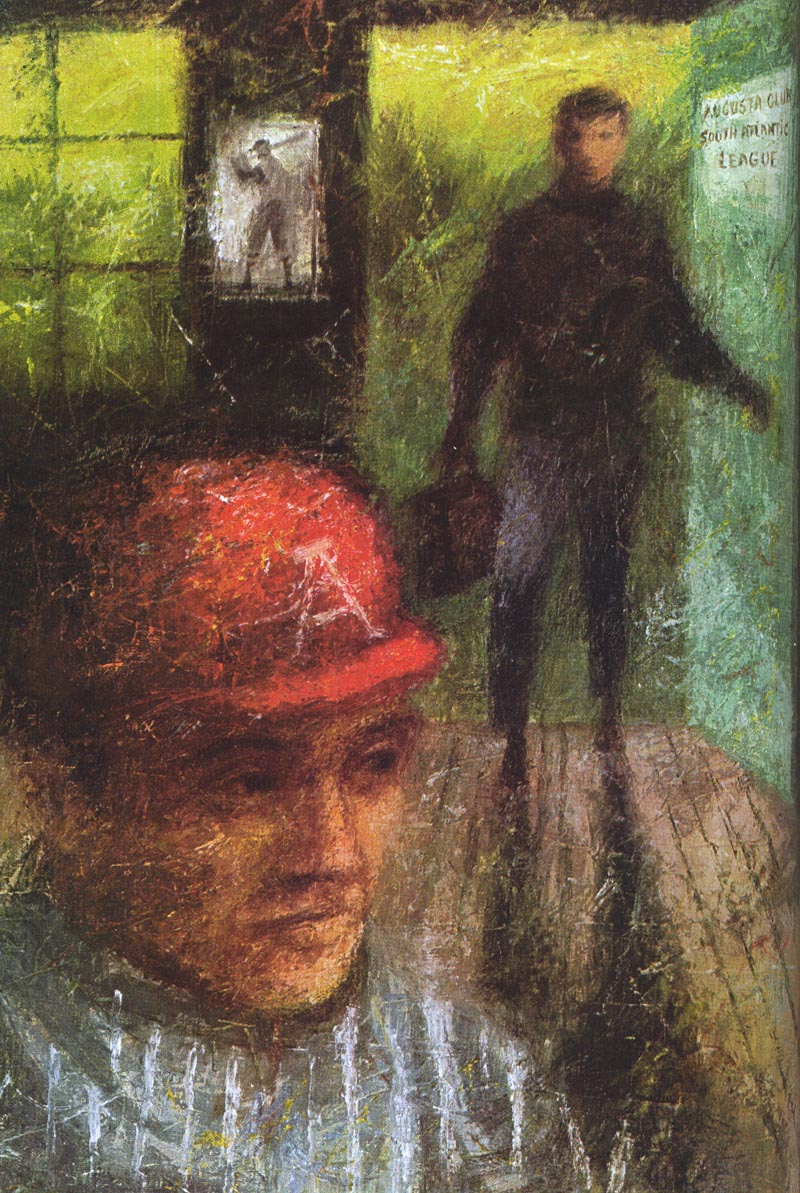
"Much of my painting is actually done with the fingers."
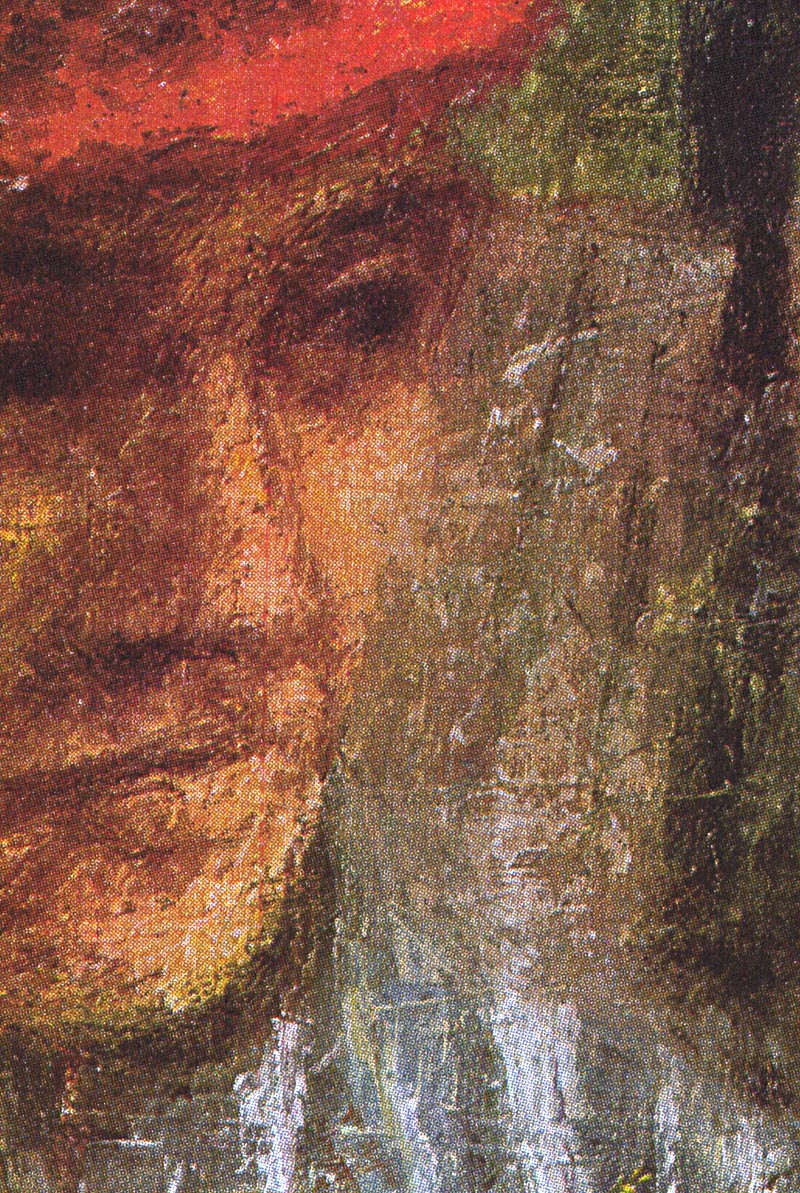
"I am becoming more and more involved in a love for good drawing. One of the things concerning drawing I have observed in students over the years: they separate drawing and painting into two different sections of their mental attitude towards an art problem. They often think in terms of "doing a drawing" and then filling it in with color, which they think of as painting."
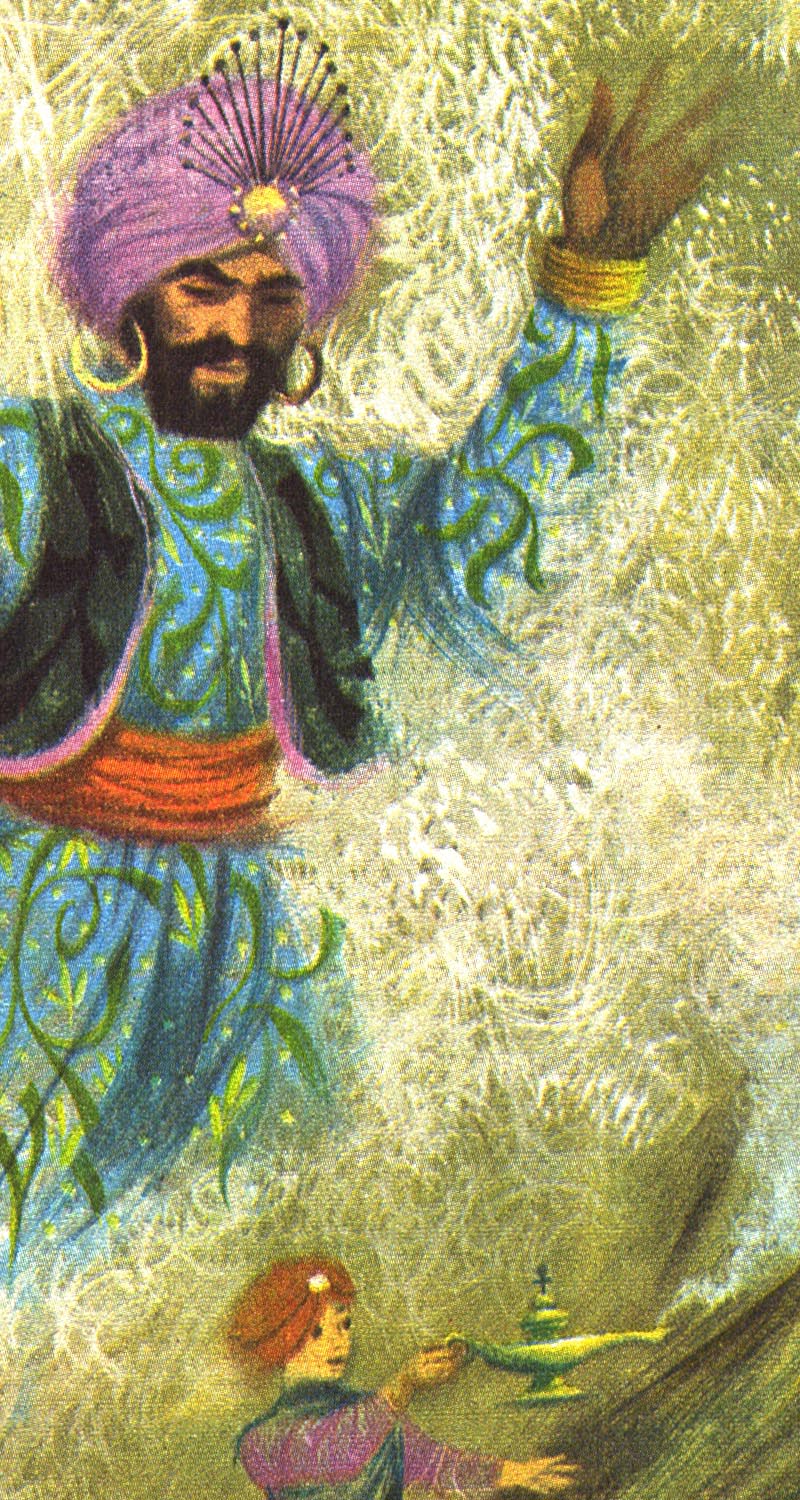
"Drawing with the paint while painting, I feel, makes for greater solidity in picture making. A mountain has anatomy just as much as a mammal, as does a tree or a building, but to feel that inner structure, one must paint with draughtsmanship rather than simply covering over a fine drawing with color."

"There is a dangerous tendency, when one becomes technically proficient, to work sort of automatically with 'the mind in neutral.' Strangely enough, while I do not know any real intellectuals who are top-flight artists, most of the artists I know are involved in intellectual endeavors. There must be a constant probing of one's mind to paint something meaningful, aided by research which goes on year after year involving so many possible subjects."
Tomorrow: an addendum









Post a Comment